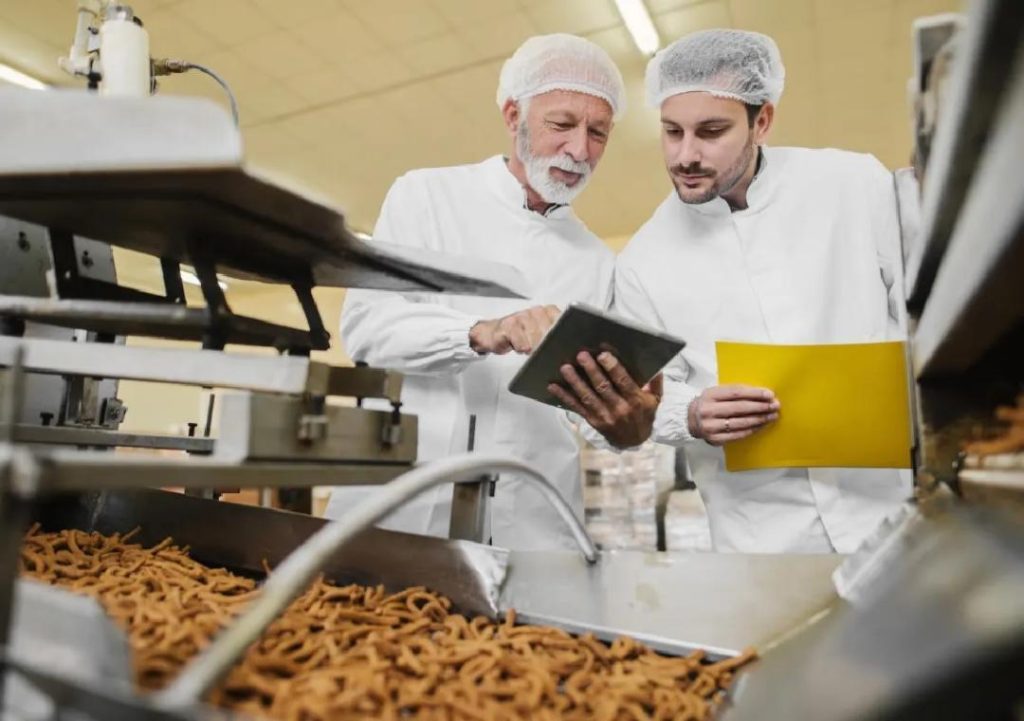
Can P&L Optimisation Redefine Success in Food Technology?
The food technology industry is undergoing a significant transformation, driven by the need for innovation, efficiency, and sustainability. With increasing competition, fluctuating market demands, and rising costs, food tech companies are under pressure to optimise their profit and loss (P&L) operations to stay ahead of the game. In this blog post, we will explore how P&L optimisation is redefining success in food technology and the strategies that companies are adopting to achieve it.
The Challenges of P&L Operations in Food Technology
Food technology companies face unique challenges in managing their P&L operations. The industry is characterised by short product lifecycles, high raw material costs, and complex supply chains. Moreover, food production involves perishable goods, which require precise forecasting and inventory management to avoid waste. With such challenges, it’s no surprise that P&L operations are often plagued by inefficiencies, resulting in reduced profitability and stagnated growth.
The Power of Automation in P&L Operations
To overcome these challenges, food technology companies are turning to automation, smart inventory systems, and data analytics to streamline their P&L operations. Automation, in particular, is revolutionising the way companies manage their production processes, from recipe management to quality control. By automating repetitive and time-consuming tasks, companies can reduce errors, improve productivity, and free up resources for more strategic activities.
For instance, automated inventory management systems enable companies to track inventory levels in real-time, reducing stockouts and overstocking. This not only minimises waste but also ensures that products are always available to meet customer demand. Similarly, automated demand forecasting tools use machine learning algorithms to predict demand patterns, enabling companies to adjust production levels and reduce inventory costs.
The Role of Data Analytics in P&L Optimisation
Data analytics is another critical component of P&L optimisation in food technology. By leveraging advanced analytics, companies can gain insights into their operations, identify areas for improvement, and make data-driven decisions. For example, data analytics can help companies identify trends in customer purchasing behaviour, product preferences, and market demand, enabling them to adjust their product offerings and pricing strategies accordingly.
Moreover, data analytics can help companies optimise their supply chain operations, from sourcing raw materials to distributing finished products. By analysing data on supplier performance, inventory levels, and transportation costs, companies can identify areas for cost reduction and improve their overall supply chain efficiency.
Scalable Models for Sustainable Growth
Scalable models are another key aspect of P&L optimisation in food technology. By adopting scalable models, companies can ensure sustainable growth, reduce costs, and improve profitability. For instance, companies can adopt modular production systems, which enable them to produce products in smaller batches and reduce waste. Similarly, companies can adopt cloud-based solutions, which enable them to scale up or down depending on demand.
Scalable models also enable companies to enter new markets and expand their product offerings. By adopting a modular production system, companies can quickly adapt to changing market demands and introduce new products to their portfolio. This not only enables companies to stay competitive but also provides a competitive edge in the market.
Conclusion
In conclusion, P&L optimisation is redefining success in food technology by enabling companies to streamline their operations, reduce waste, and improve profitability. By adopting automation, smart inventory systems, and data analytics, companies can gain insights into their operations, identify areas for improvement, and make data-driven decisions. Scalable models, in particular, enable companies to ensure sustainable growth, reduce costs, and improve profitability.
As the food technology industry continues to evolve, companies that adopt P&L optimisation strategies will be better equipped to stay ahead of the competition and achieve long-term success. By leveraging automation, data analytics, and scalable models, companies can overcome the challenges of P&L operations and achieve sustained growth and profitability.
Source:
https://www.growthjockey.com/blogs/p-and-l-operations-in-food-tech






